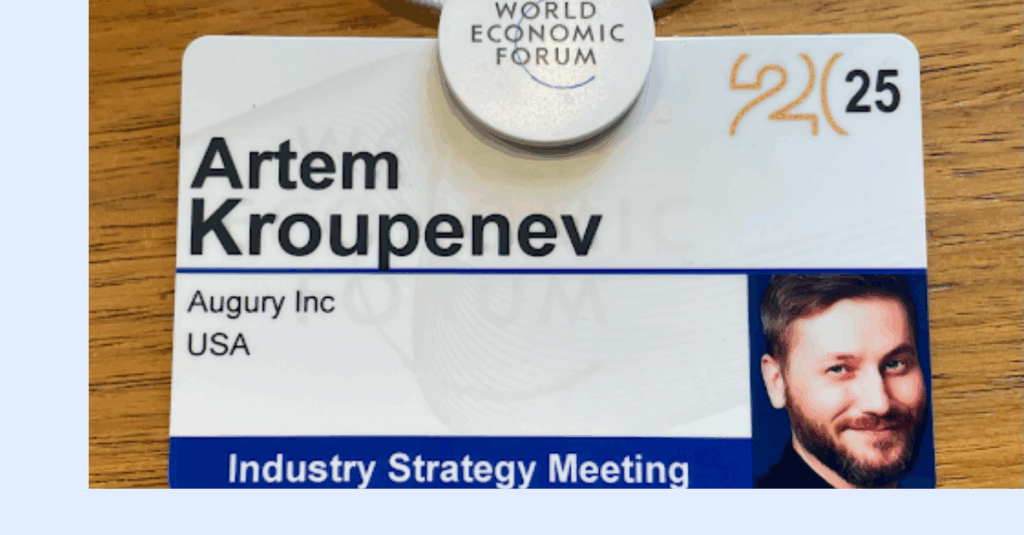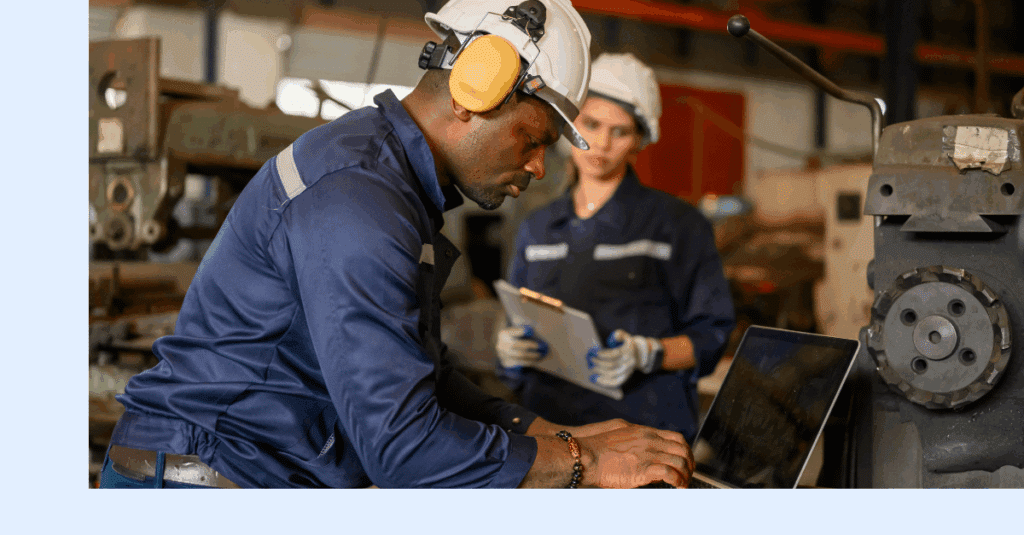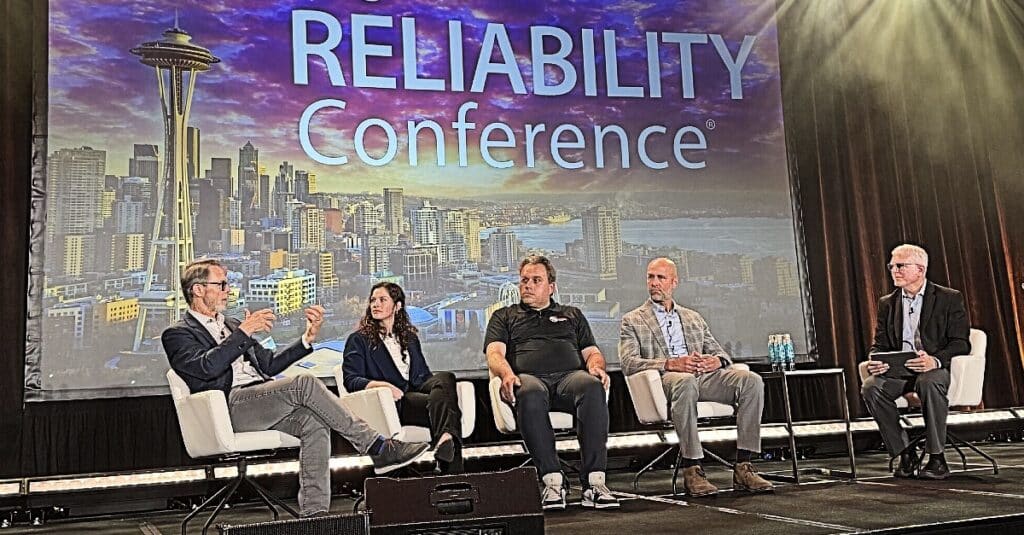
Just about every day I read a report or projection about the breakneck growth of connected hardware or, as it is more commonly called, the Internet of Things.
Just about every day I read a report or projection about the breakneck growth of connected hardware or, as it is more commonly called, the Internet of Things.
Cisco, Gartner and Forbes all project that the IoT market will be worth trillions of dollars within the next decade as consumers and businesses recognize the enormous value in products and services linked by information. Given the resources being devoted to IoT by Fortune 500 companies such as GE, Amazon and Microsoft, its future indeed seems rosy.
But all the optimism and hopes for growth rest on the assumption that the information generated by IoT is accurate, credible and transparent. Perhaps we should question that assumption, or at least recognize that we will need stronger standards and a mechanism to enforce those safeguards as IoT develops.
I raise the issue because recent events cast doubts on how much we can trust corporations or governmental bodies or almost any organization, large or small, to provide unbiased, accurate and transparent data via supposedly neutral technology.
Take Volkswagen. To say the company misled regulators and the car-buying public is an understatement. VW engineers programmatically designed their hardware to understate nitrogen oxide emissions and deceive California Air Resources Board (CARB) officials during air quality testing. More than 11 million VW cars are estimated to suffer from this “cheatware” and the episode illustrates that corporate groupthink and the pressure to produce consistent earnings growth can trump the truth.
Government is no better. Officials in Flint, Michigan, wanted to save money by pumping water from the polluted Flint River rather than buying water from Detroit. They ignored warnings and then residents’ complaints about the water’s quality, jeopardizing the health of their city’s residents. They had the data to make the right decision, but instead chose to allow children to drink water tainted with toxic lead so as to preserve their political careers.
Whether it was for money or power or both, these episodes illustrate that people in positions of power can easily put their own interests ahead of the interests of customers and fellow citizens, even when that self-interest threatens others’ lives. This is not exactly an earth-shattering revelation, as evidenced by the fact that humans have been grappling with the issue of conflicts of interest for millennia. As times change, the mechanisms we have put in place to rein in undesirable human behavior in this sphere have changed too. And while not perfect, and in many ways either too onerous or even counterproductive, our modern regulatory and consumer protection efforts are attempts to make sure that people play by the rules even when the rewards for self-dealing can be great.
For the Internet of Things to truly reach its potential, some kind of rigorous standards-setting and monitoring function must be developed in order to ensure that any information collected, analyzed and provided is indeed as accurate, credible and transparent as it purports to be. As manufacturing IoT tools become more ubiquitous and more central to the way we interact with our environment, and as these devices and their software not only record data but transform it, more and more users will be prompted to take actions that could have dire consequences if the data-integrity issue is not addressed.
Integrity, standardization and transparency are already so vital to our national economic interests that the Department of Commerce has a special division dedicated to regulating and maintaining the accuracy of data and measurements. The mission of that division — the National institute of Standards and Technology (NIST) — is “to promote U.S. innovation and industrial competitiveness by advancing measurement science, standards, and technology in ways that enhance economic security and improve our quality of life.” Said differently, NIST ensures that consumers – whether individuals or businesses – don’t get stiffed and get what they pay for. For example, when you fill your car’s tank with gasoline, NIST is behind state regulators to make sure the station gives you a gallon of gas, not 0.98 gallons.
NIST’s accreditation regime provides calibration and standardization services for everything from Geiger counters to peanut butter. It is as good a foundation for IoT standard-setting as we can hope for at this stage. The problem with NIST, however, is that it doesn’t communicate standards in a way that would allow users of technology to know categorically and in real-time whether their devices actually are performing correctly.
Since software and firmware updates can change the performance of IoT devices in a moment, standard-setting and measurement for IoT devices is a major challenge, not to mention overcoming the inherent reluctance of manufacturers to be completely transparent about the products they make. But challenges notwithstanding, standards are needed for the industry to grow.
Customers will complain, but they understand that mistakes, bugs and accidents are almost inevitable in any software and manufacturing process. On the other hand, most customers become downright hostile (and litigious) if they feel they’ve been deceived. By being able to present in real time metrics that conform to transparent standards, producers of IoT will be able to lay their cards on the table. Users can then decide if they want to proceed with the hand they’re dealt.




